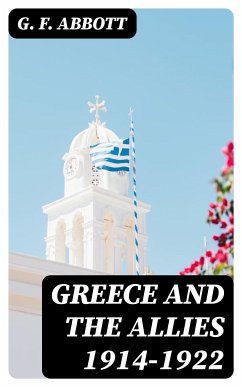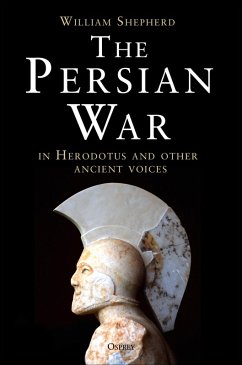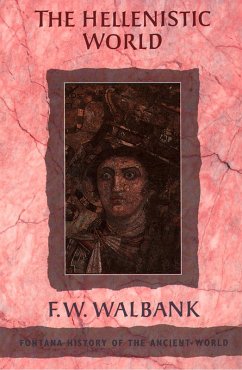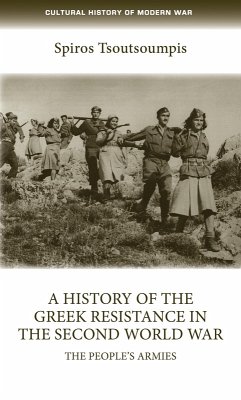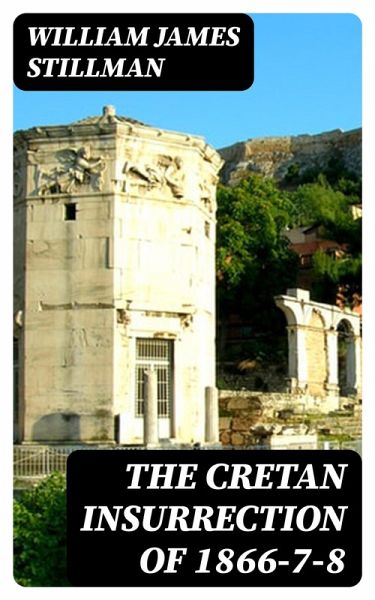
The Cretan Insurrection of 1866-7-8 (eBook, ePUB)

PAYBACK Punkte
0 °P sammeln!
In "The Cretan Insurrection of 1866-7-8," William James Stillman presents a meticulous examination of the uprising on the Greek island of Crete, a significant yet often overlooked event that embodied the struggle for autonomy against Ottoman rule. Employing a vivid narrative style, Stillman combines detailed accounts, political analysis, and personal observations to illuminate the complexities of this insurrection. The text is situated against the backdrop of 19th-century nationalism and colonial tensions, showcasing how local grievances transformed into a widespread movement for self-determin...
In "The Cretan Insurrection of 1866-7-8," William James Stillman presents a meticulous examination of the uprising on the Greek island of Crete, a significant yet often overlooked event that embodied the struggle for autonomy against Ottoman rule. Employing a vivid narrative style, Stillman combines detailed accounts, political analysis, and personal observations to illuminate the complexities of this insurrection. The text is situated against the backdrop of 19th-century nationalism and colonial tensions, showcasing how local grievances transformed into a widespread movement for self-determination. Through his carefully crafted prose, Stillman invites readers to engage with the sociopolitical implications of the insurrection while underscoring the resilience and aspirations of the Cretan people. William James Stillman, an American painter and author with a deep affinity for Greece and its historical narratives, drew upon his experiences during the insurrection to craft this work. His engagement with the Cretan cause was not merely academic; he was an eyewitness to the conflict and forged lasting connections with many involved. This first-hand perspective enriches his insights and provides a profound understanding of the ideological fervor that defined the insurrection. This book is essential for anyone interested in the intricate dynamics of 19th-century geopolitics, the roots of nationalism in the Mediterranean region, and the interplay between local and imperial powers. Stillman's evocative storytelling and scholarly rigor make this a compelling read for historians, students, and general readers alike, offering a unique glimpse into a pivotal moment in Greek history.
Dieser Download kann aus rechtlichen Gründen nur mit Rechnungsadresse in A, B, BG, CY, CZ, D, DK, EW, E, FIN, F, GR, H, IRL, I, LT, L, LR, M, NL, PL, P, R, S, SLO, SK ausgeliefert werden.





